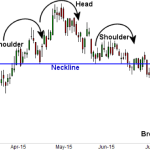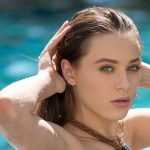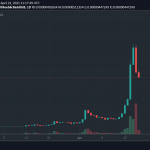Roborace hopes its car will one day have its own races, in which teams of software developers will compete against each other with no humans in the car.
Roborace’s first fully autonomous racecar took to the streets of Paris for a test drive last weekend, the latest milestone for the startup that eventually wants autonomous racing to become an established part of motorsport.
Roborace’s design looks like many other cars that you might be used to seeing in Formula races, except for the noticeable absence of the driver’s cockpit. Unveiled in February, the prototype vehicle has been showing off at Formula E events around the world, including at the recent Formula ePrix in Paris.
Although it didn’t participate in the race, it successfully negotiated its way around 14 turns of the 1.2-mile circuit. Inside, five lidar detectors, two radars, 18 ultrasonic sensors, two optical speed sensors, and six cameras were all feeding data back to the onboard artificial intelligence computers, which are powered by Nvidia’s Drive PX2 platform. Drive PX2 is essentially a scaled-down version of a GPU-equipped supercomputer, which enables onboard processing of sensor data for prototype self-driving cars.
A little more than a year ago, Roborace had an idea, a concept drawing, and a rudimentary vehicle called a DevBot that could collect autonomous driving data, but still had to be driven by a human. Eventually, the company wants teams made up of software developers to race identical Roborace cars, with the only possible advantages coming from software tweaks.
“”We decided to make [the Roborace] 100 percent software,” the company’s CEO Dennis Sverdlov explained when he launched the initiative in April 2016. “It’s not possible to get competitive advantage based on how much money you put in hardware. Our heros are not drivers. Our heros are engineers.”
The Roborace prototype will continue to visit Formula E locations throughout the rest of the season, although the company didn’t offer an update on when it plans to begin autonomous racing.










